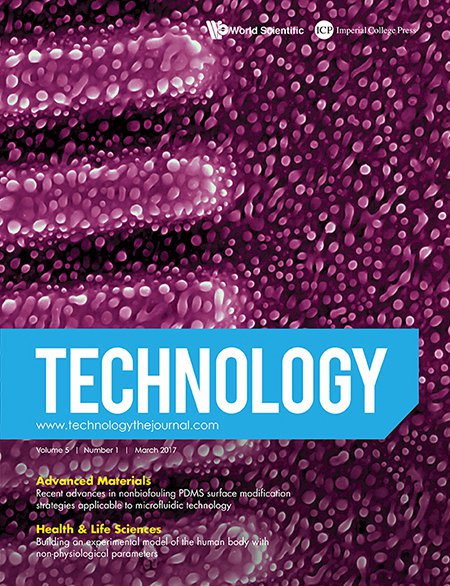Recent advances in nonbiofouling PDMS surface modification strategies applicable to microfluidic technology
Abstract
In the last decade microfabrication processes including rapid prototyping techniques have advanced rapidly and achieved a fairly mature stage. These advances have encouraged and enabled the use of microfluidic devices by a wider range of users with applications in biological separations and cell and organoid cultures. Accordingly, a significant current challenge in the field is controlling biomolecular interactions at interfaces and the development of novel biomaterials to satisfy the unique needs of the biomedical applications. Poly(dimethylsiloxane) (PDMS) is one of the most widely used materials in the fabrication of microfluidic devices. The popularity of this material is the result of its low cost, simple fabrication allowing rapid prototyping, high optical transparency, and gas permeability. However, a major drawback of PDMS is its hydrophobicity and fast hydrophobic recovery after surface hydrophilization. This results in significant nonspecific adsorption of proteins as well as small hydrophobic molecules such as therapeutic drugs limiting the utility of PDMS in biomedical microfluidic circuitry. Accordingly, here, we focus on recent advances in surface molecular treatments to prevent fouling of PDMS surfaces towards improving its utility and expanding its use cases in biomedical applications.


